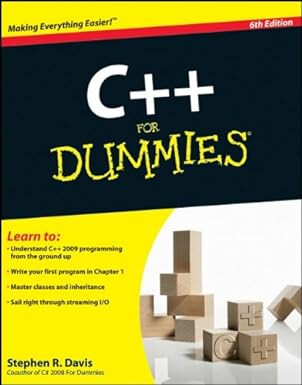Bookmark this thread in your browser, or click on your icon a couple of times till you come to a page with “Summary” and “Activity” on it, where some/all your posts are listed, and find it that way.
If you’re away for a while, I’ll post my version in full here. It’s not tested, but I’m bound to lose it if I don’t.
#include <ESP8266WiFi.h>
#include <Wire.h>
#include <Adafruit_ADS1015.h>
Adafruit_ADS1115 ads;
double offsetI;
double filteredI;
double sqI,sumI;
int16_t sampleI;
double Irms;
double squareRoot(double fg)
{
double n = fg / 2.0;
double lstX = 0.0;
while (n != lstX)
{
lstX = n;
n = (n + fg / n) / 2.0;
}
return n;
}
double calcIrms(unsigned int Number_of_Samples, byte inputChannel)
// A byte is unsigned, 8 bits wide. You'll only ever need 2 bits here (inputs 0-3)
{
float multiplier = 0.02F;
for (unsigned int n = 0; n < Number_of_Samples; n++)
{
sampleI = ads.readADC_SingleEnded(inputChannel);
// Digital low pass filter extracts the 2.5 V or 1.65 V dc offset,
// then subtract this - signal is now centered on 0 counts.
offsetI = (offsetI + (sampleI-offsetI)/1024);
filteredI = sampleI - offsetI;
// Root-mean-square method current
// 1) square current values
sqI = filteredI * filteredI;
// 2) sum
sumI += sqI;
}
Irms = squareRoot(sumI / Number_of_Samples)*multiplier;
// Reset accumulators
sumI = 0;
//--------------------------------------------------------------------------------------
return Irms;
}
void setup() {
Serial.begin(9600);
delay(10);
ads.setGain(GAIN_ONE); // 1x gain +/- 4.096V 1 bit = 2mV 0.125mV
ads.begin();
}
void loop() {
double IrmsA = calcIrms(1480, 0);
double IrmsB = calcIrms(1480, 1); // I'm guessing this is the second channel
Serial.print(IrmsA);
Serial.print(" ");
Serial.print(IrmsB);
Serial.println(" ");
}
/**********************************************************************
On a practical level, you will need to change "1480" to a value which gives you
the number of samples as close as possible to a whole number of mains cycles,
and about 200 ms worth, because if you have an "overhang" of say ¼-cycle, you'll
have an error which varies according to where you catch the mains cycle - unless
you have so many cycles that the error is negligible.
**********************************************************************/
I’ve got a list of books & on-line resources.
